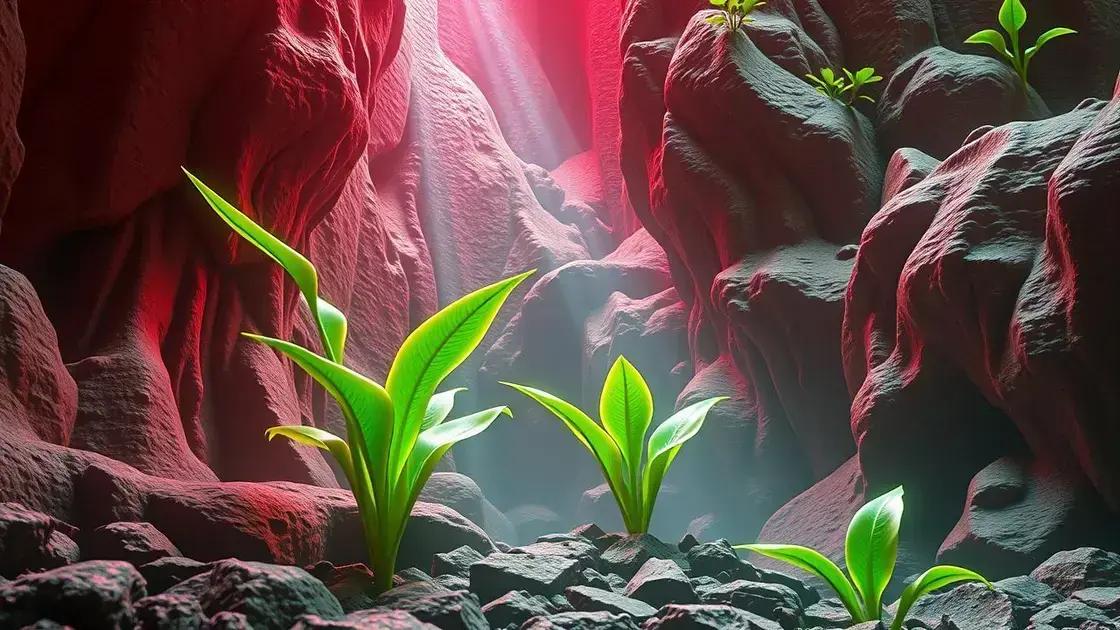How to Care for Angel Plant: 7 Essential Tips for Thriving Growth
How to care for angel plant is a question many new plant enthusiasts ponder. With their lush foliage and unique appearance, angel plants are a delightful addition to any indoor garden. However, understanding their specific needs is crucial for keeping them healthy and vibrant. This guide covers essential tips for watering, lighting, soil, and more to help your angel plant flourish.
Table of Contents
ToggleEssential watering tips for angel plants
How to care for angel plants begins with understanding their watering needs. Proper hydration is crucial for the health and growth of your angel plant. Overwatering or underwatering can lead to issues, making it vital to find a balance.
Understanding watering frequency
- Water when the top inch of soil feels dry to the touch, typically every 1-2 weeks.
- Adjust watering frequency based on the season; plants need less water in winter.
Identifying signs of overwatering and underwatering
- Overwatering: Yellowing leaves, wilting, or root rot.
- Underwatering: Crispy leaves, browning edges, or drooping stems.
Best practices for watering angel plants
- Use room temperature water to avoid shocking the plant.
- Water deeply, ensuring moisture reaches the roots.
- Consider using well-draining soil to prevent water retention.
Monitoring humidity levels
Angel plants thrive in humidity. If you’re in a dry environment, consider misting the leaves or using a humidity tray. You can also place your angel plant near other plants to create a moisture-rich atmosphere.
Watering tips for different conditions
| Condition | Watering Guidance |
|---|---|
| Summer | Water more frequently as evaporation rates increase. |
| Winter | Reduce watering to allow for dormancy. |
| High humidity | Monitor closely; adjust watering accordingly. |
For further information on indoor gardening, you can check out this guide on exploring indoor gardening techniques.
Optimal light requirements for growing angel plants

Optimal light requirements for growing angel plants are crucial to their health and growth. These beautiful plants thrive when placed in the right lighting conditions, impacting their overall vibrant foliage and flourishing growth.
Understanding light levels
Angel plants prefer bright, indirect sunlight. Too much direct sunlight can scorch their leaves, while too little light can stunt their growth. It is essential to find the right balance.
Best lighting conditions for angel plants
- Place your angel plant near a north or east-facing window for optimal light exposure.
- Avoid south-facing windows, especially in the summer, to prevent leaf burn.
- Consider using sheer curtains to diffuse harsh sunlight while still providing ample illumination.
Signs of improper lighting
- Too much light: Leaf scorch or browning tips indicate excessive sunlight.
- Not enough light: Leggy growth and pale leaves signify insufficient light.
Seasonal adjustments for light exposure
Angel plants may require different light conditions throughout the year. During winter, when daylight is limited, consider rotating the plant to ensure even light absorption.
Additional lighting options
| Type of Light | Recommended Use |
|---|---|
| Fluorescent lights | Ideal for low-light conditions, suitable for small spaces. |
| Grow lights | Excellent for supplementing natural light, especially in winter. |
| LED lights | Energy-efficient and provide specific light spectrums for optimal growth. |
For more information on lighting and plant care, check out this guide on exploring indoor gardening techniques.
Best soil and fertilizing methods for angel plants
Best soil and fertilizing methods for angel plants are essential for promoting their health and growth. High-quality soil combined with the right fertilizer will ensure your angel plant thrives.
Choosing the right soil type
Angel plants prefer a well-draining potting mix that retains moisture without becoming waterlogged. Here are some options:
- A standard potting mix with added perlite for aeration.
- A cactus or succulent mix, which provides excellent drainage.
- Homemade potting soil using peat moss, vermiculite, and compost.
Understanding fertilizer needs
Fertilizing your angel plant during the growing season will encourage lush growth. Here’s how to approach fertilization:
- Use a balanced, water-soluble fertilizer every 4-6 weeks during spring and summer.
- Choose organic options, such as fish emulsion or seaweed extract, for gentle nutrition.
- Reduce or stop fertilizing in the fall and winter months.
Steps for fertilizing angel plants
- Mix the fertilizer with water according to package instructions.
- Water the plant as usual, ensuring the soil is moist.
- Apply the fertilizer solution to the soil, avoiding contact with the leaves.
- Monitor your plant’s response, adjusting frequency and type of fertilizer as needed.
Signs of nutrient deficiencies
Be on the lookout for signs that your angel plant may need more nutrients:
- Yellowing leaves can indicate nitrogen deficiency.
- Stunted growth may suggest a lack of overall nutrients.
- Pale leaves can indicate a deficiency in potassium or magnesium.
For more insights on plant care, check out this guide on exploring indoor gardening techniques.
In conclusion
Caring for angel plants requires attention to detail in areas like watering, lighting, soil, and fertilization. By understanding their basic needs and applying the best practices outlined in this guide, you can ensure your angel plants thrive. Remember to adjust your care routines based on seasonal changes, and always be attentive to signs of distress from your plants.
For additional strategies and expert insights, check out these tips on enhancing your indoor garden.

